The exit signs were switched off and the stalls were in utter darkness. One by one, 15 invisible dancers, their joints attached to tiny spotlights, began to colonise the far end of the hall, forming fresh constellations with every pose. The audience smiled in wonder, like tots at a planetarium.
Tree of Codes, which had its London première at Sadler’s Wells last week, was originally commissioned in 2015 for the Manchester International Festival. It combined the talents of Wayne McGregor, resident choreographer of the Royal Ballet, mixer and DJ Jamie xx and the Danish/Icelandic artist Olafur Eliasson. The trio took as their text Jonathan Safran Foer’s Tree of Codes, which the American writer made by taking a scalpel to Bruno Schulz’s 1934 short-story collection The Street ofCrocodiles.
On paper, the two-year collaboration by three such fashionable creatives might smell like an old-school Gesamtkunstwerk, but in performance music and dance are totally eclipsed. A serious score and more assertive costuming might have helped restore the balance of power but Jamie xx’s drivetime electronica gives the choreography little to feed on and McGregor’s trademark beige undies are self-effacing to the point of invisibility.
Eliasson’s setting is so mesmerisingly lovely, so consistently surprisingly that it leaves the dazzled brain scrabbling for points of reference. It is not the artist’s first brush with dance. He was part of an award-winning Scandinavian breakdancing crew during the mid-Eighties and his monumental ‘The Weather Project’, a deceptively simple mix of light, smoke and mirrors, supplied the setting for one of Merce Cunningham’s legendary Events in Tate Modern’s Turbine Hall in 2003 (a gig that Wayne McGregor saw many times over).
Mirrors are a major player in Tree of Codes, which uses multiple silvered scrims to double the depth of the stage and create myriad reflections of a single figure that recede in an infinity mirror, a flawless corps de ballet of identical poses.
There is something uniquely powerful and poignant about unison movement (or the illusion of it) and even the simplest step or gesture will gain force when multiplied, be it a corps of swans or a flock of starlings. Petipa, Ivanov and even Busby Berkeley (a former army drill director) understood this and gloried in it but McGregor scorns to exploit the opportunity that Eliasson’s magic mirrors provide.
The 15 dancers (nine from McGregor’s own contemporary company, six from the Paris Opera Ballet) motor through the usual McGregorisms with tireless finesse. Spines ripple, limbs switchblade back and forth, women are repeatedly carried into shot, wound up and set in motion by the men in charge. It is all awesomely controlled and relentlessly gymnastic but even the strongest moments never live up to their décor — or the fine, expressive artists performing them. The duet for Marie-Agnès Gillot and Julien Meyzindi is chewy and absorbing but their exchanges remain mechanical: they interlock but they never really interact and we are left humming the scenery.
Meanwhile, down at the shallow end, the London Coliseum was playing host to a Sunday-night gala buffet from the Russian Ballet Icons before an audience stacked with very rich men and very tall, very sequinned blondes.
The programme was billed as being ‘In the steps of the Ballets Russes’ but the Diaghilev repertoire doesn’t really lend itself to the gala format, with no showy pas de deux or firecracker solos. The Icons, undeterred, get round this by adding tasty morsels from other ballet favourites or by using pimped-up rewrites of the Mikhail Fokine originals. Petrushka, supposedly a broken puppet, powers through split jumps and trick steps, and the navel-licking duet from Schéhérazade looks increasingly like an erotic floorshow.
The international line-up was suitably starry but casting was often unfortunate and the sharp variations in the quality of the material were enough to give you the bends (the less said about Jean-Christophe Maillot’s slapstick assault on the white swan pas de deux the better). Students of the Vaganova Academy gave a rare glimpse of the old Pavlova party piece Fairy Doll, ‘reimagined’ by the extremely imaginative Nikolay Tsiskaridze, and we were fed a random chunk from the transparently gala-proof Philip Glass opera Les Enfants Terribles by Zenaida Yanowsky and Edward Watson. But the old favourites fared best.
Tamara Rojo, 43 next birthday, was at her saucy, gyroscopic best in the Don Quixote pas de deux. Vadim Muntagirov’s Siegfried was a masterly blend of drama and technique. Sarah Lamb and feather-footed Steven McRae gave a thrilling sneak preview of the Royal Ballet’s April revival of George Balanchine’s Jewels with the witty duet from ‘Rubies’, its jazz-inflected classicism like watching a Duchess shoot craps. Best of all was a comely Sleeping Beauty from the Bolshoi’s Evgenia Obraztsova who reminded us that ballerinas pirouette and promenade so that we can appreciate the poses they sculpt from every possible angle. A few mirrors and she could have been an installation all by herself.
Got something to add? Join the discussion and comment below.
Get 10 issues for just $10
Subscribe to The Spectator Australia today for the next 10 magazine issues, plus full online access, for just $10.
You might disagree with half of it, but you’ll enjoy reading all of it. Try your first month for free, then just $2 a week for the remainder of your first year.

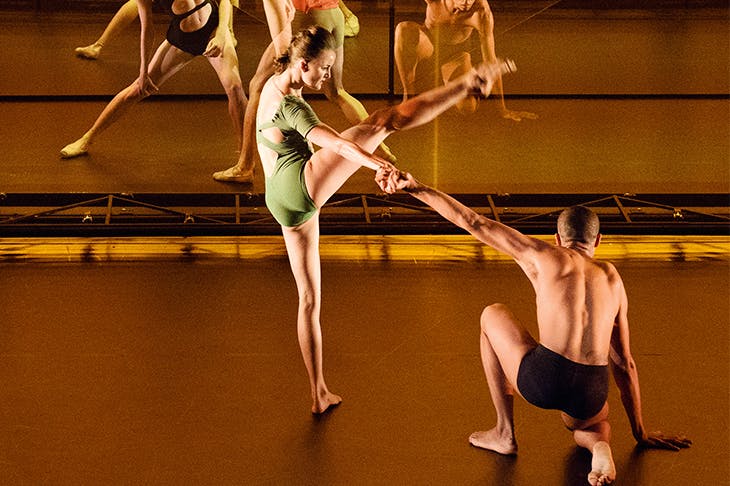
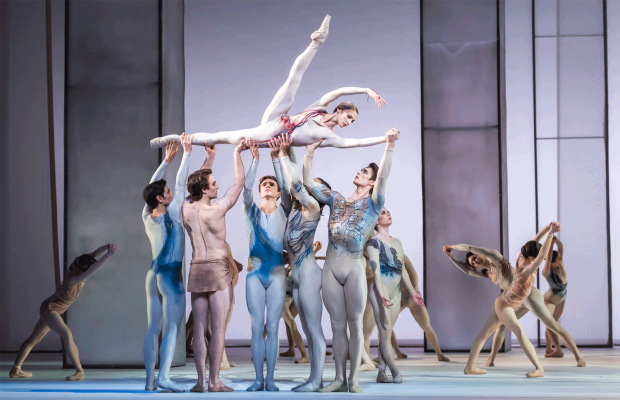
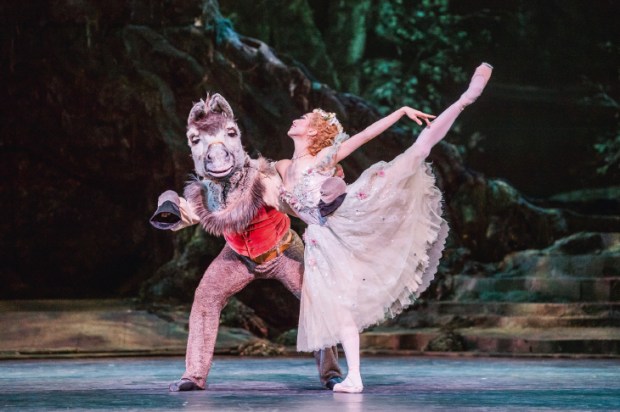
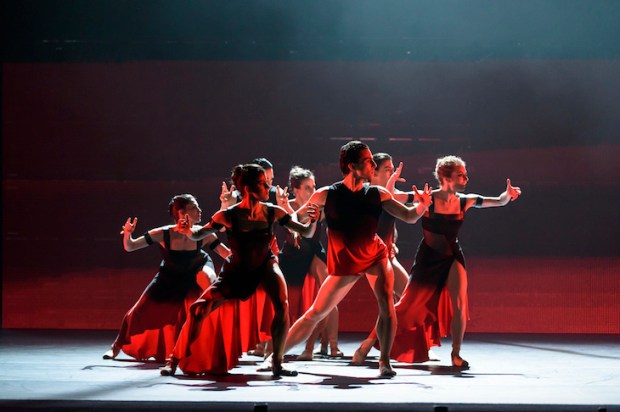
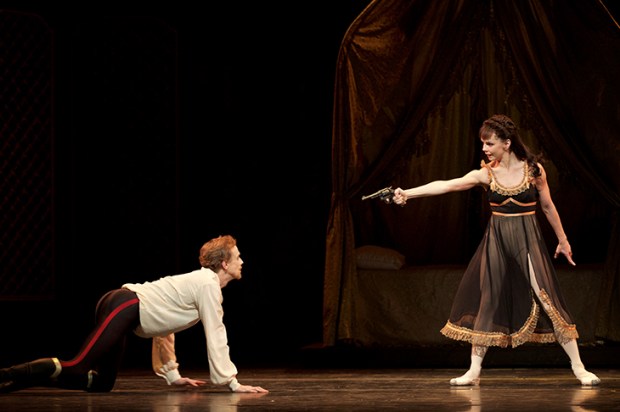
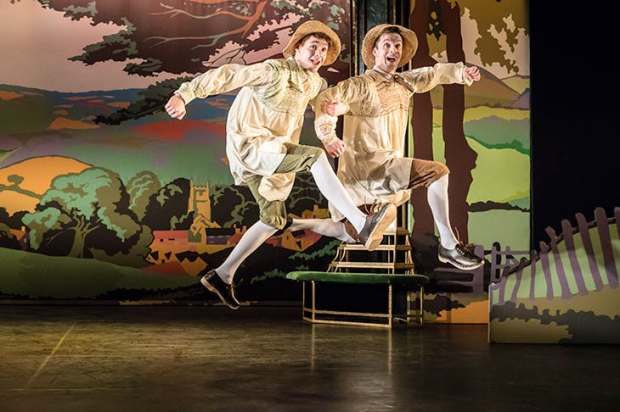






Comments
Don't miss out
Join the conversation with other Spectator Australia readers. Subscribe to leave a comment.
SUBSCRIBEAlready a subscriber? Log in